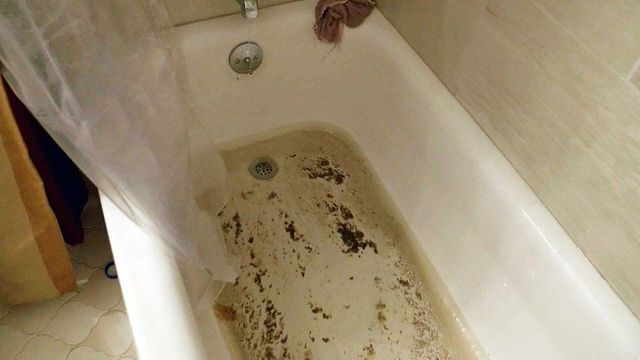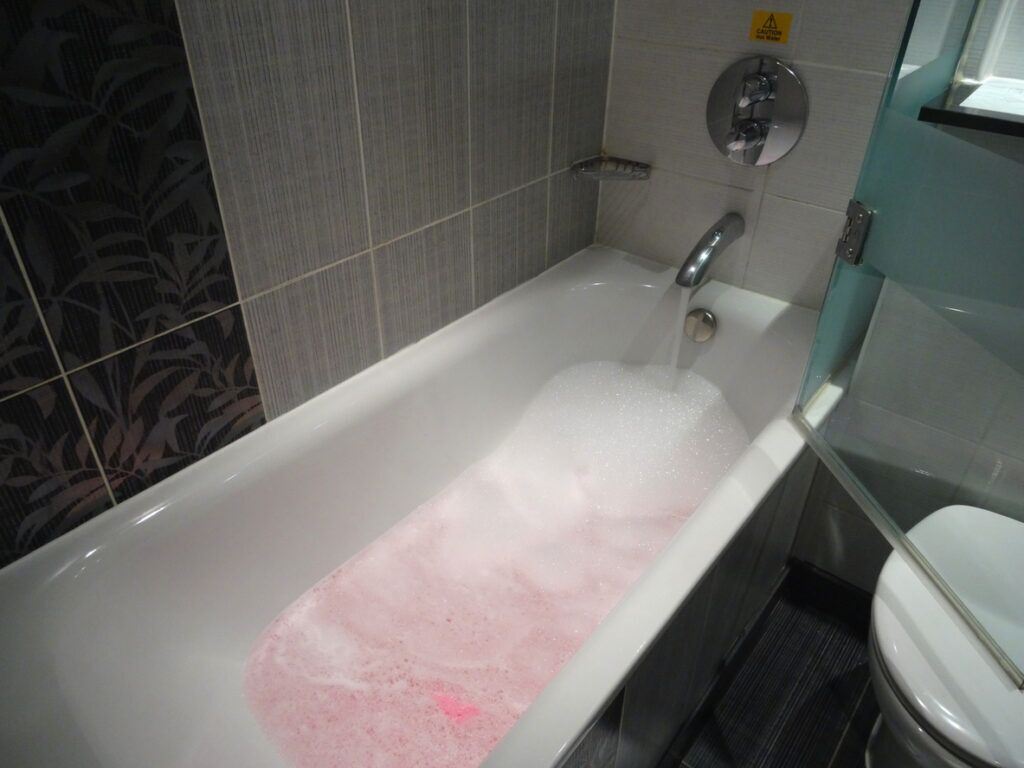Are you currently searching for critical info on Why is Sewage Backing Up Into My Bathtub??

Sewer back-up in the bathtub can be an upsetting and unsanitary trouble for any kind of property owner. Not only is it bothersome, however it likewise presents significant health and wellness risks and suggests underlying issues with the plumbing system. Understanding why sewer is showing up through the bath tub is essential for taking appropriate action to resolve the trouble properly.
Introduction to the Concern
Typical Reasons for Sewer Backup
Obstructions in the Sewer Line
Among the most usual root causes of sewage backup is a blockage in the drain line. This can occur due to the buildup of particles, oil, or foreign objects in the pipelines, stopping appropriate circulation and causing sewage to back up into your bathtub.
Tree Origin Intrusion
Tree origins looking for moisture and nutrients can penetrate sewage system lines via small fractures or joints. Gradually, these roots can expand and broaden, creating considerable damages to the pipelines and bring about sewage back-up problems.
Understanding the Trouble
When sewer starts backing up right into the bathtub, it's a clear indicator of a trouble with the water drainage system. The wastewater that needs to be moving far from your home is instead finding its way back right into your home, which can result in significant damage and health hazards.
Possible Causes
A number of aspects can contribute to sewer backup in the bath tub. From obstructions in the sewer line to concerns with the plumbing facilities, identifying the source is necessary for discovering a service.
Aging Framework
Older homes may have dated plumbing systems that are a lot more prone to rust, fractures, and damage. As pipes age, they come to be more susceptible to leaks and obstructions, raising the chance of sewer backup cases.
Heavy Rainfall or Flooding
Throughout periods of heavy rainfall or flooding, the drain system might come to be overloaded with excess water, triggering backups and overflows. This can result in sewer supporting right into tubs and other fixtures inside the home.
Indications of Sewage Back-up
Foul Odors
Unpleasant odors rising from drains or components, particularly in the shower room, might suggest sewer back-up issues. These smells are typically solid and persistent, indicating a problem that needs prompt focus.
Slow Draining Fixtures
Bathtubs, sinks, and toilets that drain gradually or otherwise in any way could be experiencing sewer backup. If several components are influenced at the same time, it's likely that the problem originates from a common factor, such as the primary sewage system line.
Gurgling Noises
Strange gurgling or bubbling sounds originating from drains pipes when water is running somewhere else in your house are a measure of air trapped in the plumbing system. This air buildup can result from sewer backup and must be examined immediately.
Wellness Dangers Associated with Sewage Backup
Contamination of Water
Sewer backup can infect the water supply in your house, positioning a severe wellness risk to you and your family. Exposure to infected water can lead to gastrointestinal problems, skin infections, and various other ailments.
Mold and mildew Growth
Dampness from sewage back-up can produce suitable conditions for mold and mildew development in your home. Mold and mildew spores can worsen respiratory system troubles and create allergies in sensitive people, making prompt clean-up necessary.
Spread of Disease
Sewer consists of damaging bacteria, viruses, and parasites that can trigger a variety of conditions, consisting of liver disease, cholera, and gastroenteritis. Entering contact with sewer or infected surface areas puts you in danger of infection.
Tidying up After Sewer Back-up
Disinfection Procedures
Completely decontaminate and sanitize affected locations after sewage back-up to remove hazardous microorganisms and avoid mold and mildew growth. Use appropriate cleansing products and protective gear to ensure risk-free and efficient clean-up.
Repair of Impacted Locations
Fix any kind of damage to floor covering, wall surfaces, or fixtures caused by sewage backup. Relying on the extent of the damage, you might need to change carpeting, drywall, or various other materials to recover your home to its pre-loss problem.
Immediate Actions to Take
Switching Off Water
In the event of sewer backup, it's important to turn off the water system to prevent more contamination and damage. Locate the main water shutoff valve in your house and shut it off until the problem can be settled.
Calling an Expert Plumber
Managing sewage backup is not a DIY job. Call a qualified plumber with experience in taking care of sewage-related concerns to analyze the situation and carry out needed repair services or cleanups.
Preventing Contact with Infected Water
Till the sewer backup is fixed, stay clear of contact with infected water to prevent the spread of bacteria and virus. Use protective gear if you must be in the affected area and clean your hands completely afterward.
Preventive Measures
Regular Upkeep of Sewage System Lines
Set up regular assessments and maintenance of your sewage system lines to recognize and resolve possible issues prior to they escalate right into major troubles. This can include cleaning debris, examining for tree root breach, and fixing any type of damaged pipes.
Mounting Backwater Valves
Take into consideration mounting bayou valves in your plumbing system to prevent sewage from receding into your home during periods of heavy rainfall or flooding. These shutoffs instantly close when water starts backing up, shielding your home from contamination.
Appropriate Disposal of House Waste
Prevent flushing anything other than toilet tissue and human waste down the commode to prevent blockages and blockages in the sewer line. Dispose of grease, oil, and various other household chemicals effectively to minimize the threat of plumbing problems.
Why Is Water Backing Up in My Bathtub When I Flush My Toilet?
What to do about a sewer line clog
First, don’t bother with plunging. No amount of plunging will dislodge the clog in a sewer line. The clog is too far away. Plungers are for clogs in the toilet itself, not the sewer line. Plus, the most likely causes of a sewer clog are:
Tree roots Flushed toys or feminine products Grease buildup Those items don’t move easily. And in the case of tree roots, the roots need to be cut out of the pipe and the pipe will need to be repaired.
You’ll need a closet auger. A closet auger is a type of plumber’s snake with a protective cover to keep from scratching the delicate porcelain toilet. If the clog is further down, you may need to remove the toilet or use one of your cleanouts to get to the clog.
We also recommend doing a video inspection of the drain to ensure that the cause of the clog has been completely removed. Otherwise, you could have the same problem again in a few days or weeks.
https://mspplumbingheatingair.com/blog/why-is-water-backing-up-in-my-bathtub-when-i-flush-my-toilet

I am very curious about What To Do If Sewage Starts Backing Up Into the Shower and I hope you enjoyed my entry. Are you aware of anybody else who is enthusiastic about the niche? Do not hesitate to share it. I love reading our article about .
Schedule Services